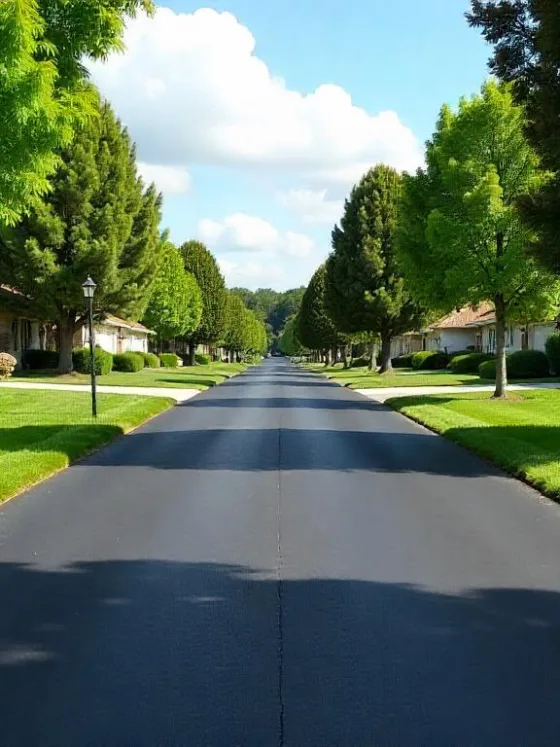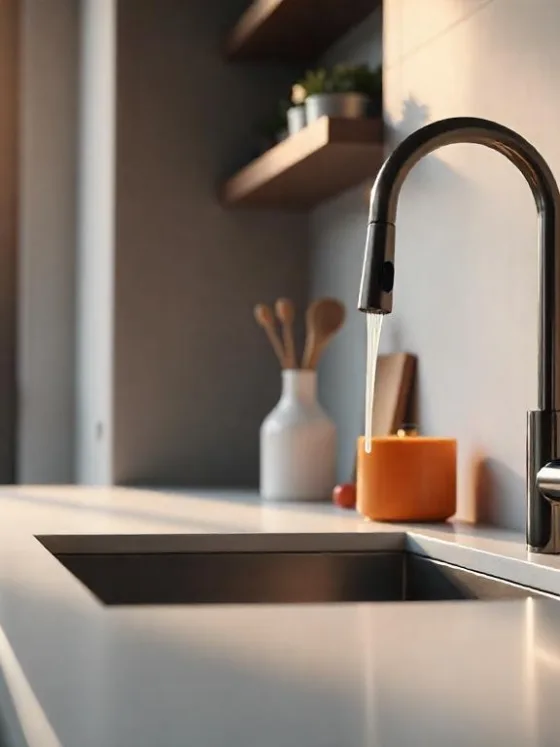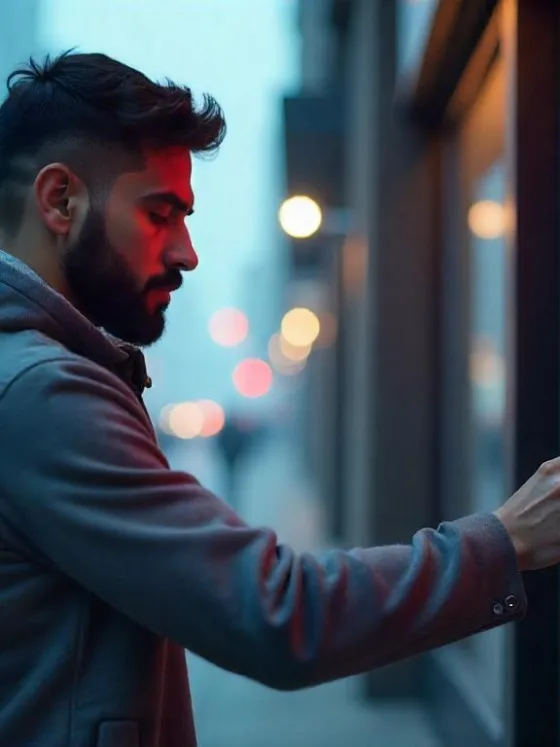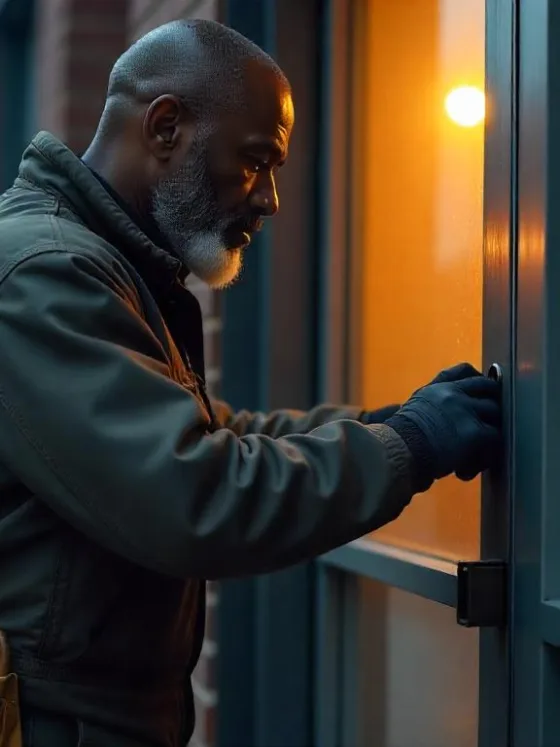Table of Contents Show
Introduction to Cowboy Styles
The cowboy style, steeped in the rugged and pioneering spirit of the American West, encapsulates a rich tapestry of design elements that evoke nostalgia and adventure. This aesthetic is typically divided into two primary categories: rustic and industrial. Each brings forth its unique attributes while remaining true to the essence of cowboy decor.
Rustic cowboy style, often synonymous with log cabins and ranch houses, deeply ingrains natural materials and earth-toned palettes into its design. Expect to see exposed wooden beams, stone fireplaces, and leather furnishings. The goal is to create a warm, inviting atmosphere that pays homage to the simplicity and resourcefulness of early settlers. Accents like vintage saddles, woven textiles, and animal hides further enhance the authentic rustic feel.
In contrast, the industrial cowboy style infuses the traditional Western motif with an urban edge. This approach marries raw, unfinished elements such as metal and reclaimed wood with sleek lines and modern functionality. Think of an open loft space with brick walls, metal frames, and minimalist furniture. The industrial theme brings a contemporary twist to cowboy decor, catering to those who admire the rugged charm of the Old West but prefer a more polished and practical setting.
The harmonious blend of these styles can be seen through cowboy-inspired art pieces, metal chandeliers, and robust furniture that withstands the test of time. Ultimately, whether one gravitates towards the cozy, timeless appeal of rustic decor or the edgy, streamlined look of industrial design, cowboy style presents an array of decor tips for creating a distinctive and personal living space.
What is Rustic Cowboy Style?
Rustic cowboy style is deeply rooted in the traditions and landscapes of the American West. It captures the essence of frontier life by incorporating natural materials and a nostalgic charm. One of the key elements defining this style is wood use.
Wood is prominently featured from log furniture to exposed wooden beams, exuding warmth and ruggedness. Leather is another hallmark of rustic cowboy decor, often seen in items such as throw pillows, sofas, and chairs, adding both durability and a touch of Western ruggedness.
Warm earthy colors dominate the rustic cowboy palette, inspired by the vast and varied landscapes of the West. Think of deep browns, rich ochres, and muted greens which all evoke a connection to the natural world. These colors contribute to a cozy, inviting atmosphere, making spaces feel homely and lived-in. Animal hides are another element frequently found in rustic cowboy decor. Whether used as rugs or wall hangings, they add texture and an authentic frontier feel to any space.
Handcrafted items play a significant role in this style as well. From intricately carved wooden furniture to artisanal pottery and woven textiles, these pieces add a personal touch and a sense of craftsmanship that mass-produced items can’t replicate. Log furniture, in particular, stands as a quintessential example of rustic cowboy decor. Whether it’s a robust log bed frame or a rustic dining table, such pieces bring the raw beauty of nature inside the home.
Moreover, elements like wrought iron fixtures, cowboy-inspired artwork, and vintage accessories further contribute to the rustic aesthetic. These carefully curated details are what make the rustic cowboy style deeply inviting and a tribute to the rugged, pioneering spirit of the American West. When done right, rustic cowboy decor creates spaces that are both evocative and inherently comfortable, making anyone feel right at home.
The Industrial Cowboy Style Explained
The industrial cowboy style is a contemporary interpretation of cowboy aesthetics, melding urban and modern influences with traditional Western motifs. This style thrives on the juxtaposition of rugged, raw materials and sleek, minimalist design, creating a unique fusion that both honors and reimagines cowboy decor. By incorporating elements like metal, concrete, and exposed structures, industrial cowboy decor offers a fresh perspective on classic themes.
Metal furniture is a hallmark of this style, often featuring clean lines and a sturdy, utilitarian feel. Think of a steel-framed bed with a weathered finish or a reclaimed wood dining table bolstered by iron legs. These pieces not only exude durability but also contribute to the industrial aesthetic’s raw and unpolished charm. Factory lights, another staple, serve both form and function. Pendant lights with metal shades or vintage cage lights provide a touch of industrial flair while illuminating spaces effectively.
Concrete elements are another critical aspect of the industrial cowboy style. Polished concrete floors, countertops, or even accent walls bring a modern edge to the rustic ambiance. The cold, hard surfaces contrast beautifully with the warmth of traditional cowboy motifs, such as cowhide rugs, wooden accents, and earth-toned decor. This balance creates a space that feels grounded and innovative.
Leather accents further enhance the industrial cowboy style. Whether through a tufted leather sofa, a set of vintage leather chairs, or simple leather-bound accessories, these pieces add a touch of luxury and timeless appeal. The rich textures and tones of leather complement the industrial components, offering a refined finish to the overall decor.
The industrial cowboy style seamlessly merges the old and the new, bringing together the ruggedness of cowboy decor with the sleekness of industrial design. This hybrid style not only pays homage to the past but also embraces modernity, making it a compelling choice for those looking to blend traditional Western elements with contemporary urban influence.
Comparing Aesthetics: Rustic vs. Industrial
When it comes to cowboy decor, both rustic and industrial styles offer unique visual elements that appeal to different tastes. These two styles, while grounded in a rugged and authentic Western aesthetic, diverge significantly in their expression through color palettes, materials, textures, and overall atmosphere.
Rustic cowboy decor is synonymous with a cozy, warm feel. The color palette predominantly features earthy tones—think warm shades of brown, beige, deep reds, and forest greens. These colors effortlessly create an inviting and homely ambiance.
Materials are typically unrefined and natural, with a heavy emphasis on wood and stone. Wooden elements such as barn doors, log furniture, and rough-hewn beams bring a sense of grounding and timelessness.
Textures in rustic decor are rich and varied, from the softness of leather couches to the roughness of woven textiles and the tactile quality of raw fabrics like burlap. The overall atmosphere evokes the comfort and hardiness of rural life, making it an ideal choice for those who seek a space that feels lived-in and warm.
In stark contrast, industrial cowboy decor leans towards a sleek, edgy, and more urban interpretation of Western style. The color scheme here is more restrained and monochromatic, often revolving around shades of black, gray, and white, with occasional metallic accents.
Materials are primarily hard and sturdy, with an emphasis on utilitarian metals and reclaimed wood, evoking the ruggedness and durability of old factories and warehouses. The textures are relatively minimalistic, with smooth, polished surfaces juxtaposed against the gritty rawness of exposed brick and metal piping. This style creates an atmosphere that is both modern and tough, appealing to those who appreciate a minimalist yet bold aesthetic.
Ultimately, the choice between rustic and industrial cowboy decor boils down to personal preference. While rustic offers a more traditional and snug environment, industrial provides a contemporary twist that is stylishly resilient. Each style brings its unique charm and character to any space, allowing you to express your inner cowboy in distinct ways.
When it comes to choosing the right cowboy decor style for your space, understanding the functional differences and practicality of rustic versus industrial designs is crucial. Each style presents unique characteristics that lend themselves to differing environments, from homes to workplaces.
Rustic Style: Ease and Durability
Rustic cowboy decor is often revered for its warmth and natural aesthetic. Utilizing elements such as wood, stone, and leather, this style brings a sense of the outdoors inside. Homes and apartments benefit from the inviting atmosphere that rustic design offers.
The materials used are generally robust and durable, able to withstand daily wear and tear. Maintenance is straightforward; a simple routine of dusting and occasional polishing keeps items like wooden furniture in good condition. Because rustic designs focus on natural textures and tones, imperfections like nicks and scratches often add to the charm rather than detract from it.
Industrial Style: Versatility and Modern Edge
In contrast, industrial cowboy decor blends ruggedness with a contemporary edge. Exposed brick, metal beams, and distressed finishes characterize this style. Often favored in urban apartments and modern offices, the industrial look offers a minimalist yet bold statement. It tends to be easier to clean and maintain due to the prevalence of metal and concrete surfaces.
Industrial designs are notably versatile, fitting seamlessly into both large open spaces and smaller, confined areas without overwhelming the room. Durability is a hallmark, as the materials are typically chosen for their strength and longevity, making them an excellent choice for high-traffic areas or workplaces where preservation is key.
By considering the practical aspects such as maintenance, durability, and daily usability, you can more effectively decide which cowboy decor style—rustic or industrial—best suits the requirements and aesthetic desires of your space. Both styles offer their own distinct advantages, ensuring that either choice will bring an element of cowboy flair into your interior design.
Blending Both Styles: Is It Possible?
Integrating rustic and industrial designs to create a harmonious space is not only possible but can also result in a unique and appealing aesthetic. Successfully blending these styles requires a keen understanding of the primary elements that define each style and a balanced approach to their application. The goal is to highlight the raw, rugged charm of rustic decor while incorporating the sleek, utilitarian aspects of industrial design.
Begin with a neutral color palette as your foundation, employing shades of gray, beige, and white to allow both styles to coexist without visual clashing. Use natural materials such as wood and stone for rustic elements and combine them with industrial materials like metal and concrete. For example, a reclaimed wood dining table can be paired with metal chairs to achieve a balanced look without overwhelming the space with one particular style.
To further integrate these styles, consider using decor tips that include blending textures. The rough, distressed finishes of cowboy decor items, such as leather or burlap, can be balanced with the smoother, more polished surfaces found in industrial objects like steel beams or glass. Mixing these textures can add depth and character to your room.
Lighting plays a significant role in merging these styles. Use industrial-style light fixtures, such as pendant lamps with Edison bulbs, to bring in an urban element while opting for warm lighting tones that highlight the rustic charm. Combining these different lighting styles can create a cozy yet modern ambiance.
Finally, signature pieces are essential to ensure harmony in your decor. Incorporate unique items that bridge the gap between rustic and industrial styles, like a vintage trunk used as a coffee table or a wooden bookshelf with metal accents. These pieces can serve as focal points and help unify the various elements in your space.
Blending rustic and industrial styles requires thoughtful layering and a careful selection of decor items. By focusing on color palettes, materials, textures, lighting, and signature pieces, you can create a cohesive and stylish environment that showcases the rugged charm and modern appeal of both design philosophies.
Choosing the Right Style for You
Deciding between rustic and industrial cowboy decor styles can seem daunting, especially when both have their unique appeal. The best approach is to evaluate your personality, lifestyle, and aesthetic preferences.
Here’s a simple checklist to guide you through identifying which style resonates most with you:
1. Assess Your Personality:
If you appreciate simplicity, warmth, and natural beauty, you might lean towards rustic decor. This style features organic materials like wood and stone, complemented by earthy tones. Conversely, if you are drawn to urban influences, sleek finishes, and a more modern edge, industrial decor could be your go-to. Industrial style often includes metal, exposed brick, and a neutral color palette.
2. Evaluate Your Lifestyle:
Think about your daily life and activities. Do you enjoy a cozy, inviting atmosphere where natural elements create a grounded and serene space? Rustic cowboy decor aligns well with such a lifestyle, offering comfort and a back-to-nature feel.
On the other hand, if you thrive in an environment that inspires creativity and a touch of urban flair, industrial cowboy decor might suit you better. This style speaks to those who appreciate an unrefined, edgy look with functional design elements.
3. Identify Your Preferences:
Consider the visual elements that attract you. Do you prefer the aged look of reclaimed wood, the charm of vintage pieces, and a palette dominated by browns and greens? Then rustic decor is your ideal match. If you favor the raw appeal of metal fixtures, the aesthetic of factory-inspired designs, and a more muted, greyish color scheme, the industrial decor will likely capture your interest.
To further aid your decision, let’s explore some personas:
- The Nature Enthusiast: Loves hiking, favors organic food, and enjoys DIY projects. Typically drawn to rustic cowboy decor for its connection to nature and warmth.
- The Urban Professional: Works in a fast-paced environment, enjoys contemporary art, and values both aesthetics and function. Likely to lean towards industrial cowboy decor for its modern, pragmatic charm.
By considering these factors, you can confidently determine which cowboy style best suits your home and reflects your unique personality and lifestyle.
Conclusion and Final Thoughts
The exploration of rustic and industrial cowboy decor styles reveals the diverse ways in which homeowners can infuse their spaces with a distinct personality. Each style possesses its own unique charm and characteristics, catering to different tastes and preferences. Rustic cowboy decor, with its warm, earthy tones and emphasis on natural materials, speaks to those who appreciate a cozy, inviting atmosphere. On the other hand, industrial cowboy decor, marked by its utilitarian aesthetic and edgy design elements, appeals to those who favor a bold, contemporary look.
Both styles offer a range of decorating options that allow for personal expression. From distressed wooden furniture and vintage-inspired accessories in rustic settings to exposed metal fixtures and clean lines in industrial spaces, it’s clear that the cowboy theme is versatile and adaptable. The key is to draw inspiration from both styles and experiment with various elements until you find the right balance.
Remember, the goal is not to rigidly adhere to one style but to create a space that feels genuinely you. Mixing and matching decor tips from both rustic and industrial themes can result in a truly unique environment that reflects your individuality. Whether you choose the warmth of rustic or the edge of industrial, the most important aspect is to enjoy the journey of decorating and transforming your home into a space that feels authentically yours.
Ultimately, the decision between rustic and industrial cowboy decor doesn’t have to be black and white. Embrace the richness of both styles and revel in the creative process of discovering which elements resonate most with you. In doing so, you will undoubtedly craft a space that is not only stylish but also deeply personal and inspiring.












